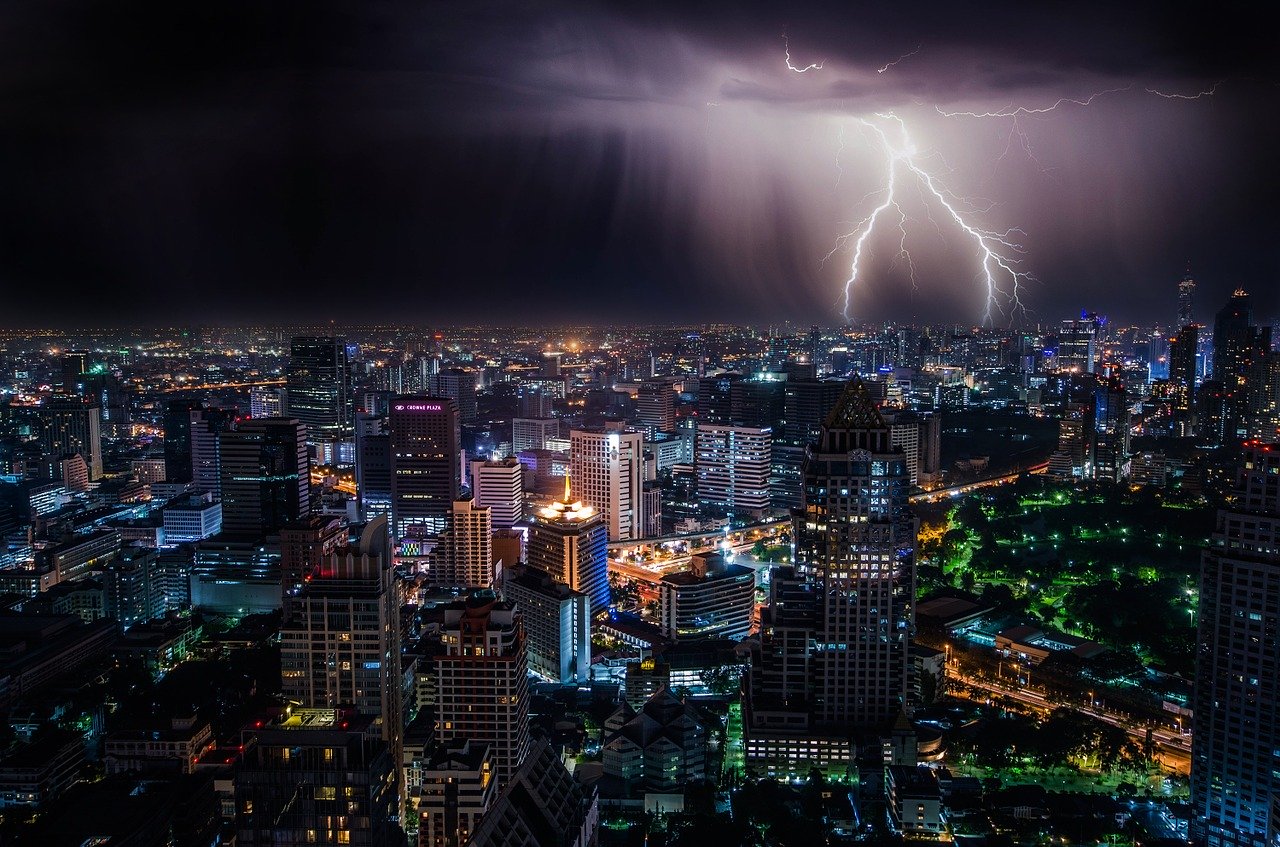
Hurricanes worldwide are getting stronger, according to a new study of scientists. They presented observations on 40 years of hurricane satellite imagery.
The maximum sustained winds are becoming stronger in places where hurricanes build up. The findings of the National Oceanic and Atmospheric Administration (NOAA) National Center for Environmental Information and University of Wisconsin-Madison Cooperative Institute for Meteorological Satellite Studies suggests that a warming planet causes stronger storms.
"Through modeling and our understanding of atmospheric physics, the study agrees with what we would expect to see in a warming climate like ours," says James Kossin, a NOAA scientist based at UW-Madison and lead author of the paper. The study was published in the Proceedings of the National Academy of Sciences.
The foundation of the study is Kossin's previous work, published in 2013. His original study traced trends in hurricane intensification across a 28-year data set.
However, Kossin stressed that timespan was less conclusive. According to him, there should be more hurricane case studies to produce statistically significant results.
Hurricane intensity
With this, the team decided to evaluate global hurricane data from 1979-2017. They applied analytical techniques, such as the CIMSS Advanced Dvorak Technique that depends on infrared temperature measurements from geostationary satellites. This way, they can measure hurricane intensity. Kossin's team were able to form a more uniform data set with which to lay out trends.
"The main hurdle we have for finding trends is that the data are collected using the best technology at the time," says Kossin. "Every year the data are a bit different than last year, each new satellite has new tools and captures data in different ways, so in the end we have a patchwork quilt of all the satellite data that have been woven together."
The previous study of Kossin disclosed other changes in hurricane activity over the decades. These include areas they travel and speed. In 2014, he detected poleward migrations of hurricanes. This means that tropical cyclones are moving farther north and south. Previously less-affected coastal populations are facing a bigger risk.
In 2018, he showed how hurricanes move slowly across land due to shifting climatic conditions. There were bigger flood risks as storms crash in cities and other areas, often for long periods of time.
"Our results show that these storms have become stronger on global and regional levels, which is consistent with expectations of how hurricanes respond to a warming world," says Kossin.
"It's a good step forward and increases our confidence that global warming has made hurricanes stronger, but our results don't tell us precisely how much of the trends are caused by human activities and how much may be just natural variability," he added.
The research was supported by NOAA Oceanic and Atmospheric Research Climate Program Office.
Busy hurricane season
Meanwhile, NOAA announced this week that there will be a busy hurricane season for the Atlantic Basin, with six to 10 hurricanes in the near future. In addition, 13 to 19 named storms may develop. This includes tropical storms, with wind speeds of 39 mph or higher. Storms also develop into hurricanes when winds reach 74 mph.
“NOAA’s analysis of current and seasonal atmospheric conditions reveals a recipe for an active Atlantic hurricane season this year,” said Neil Jacobs, acting NOAA administrator.






